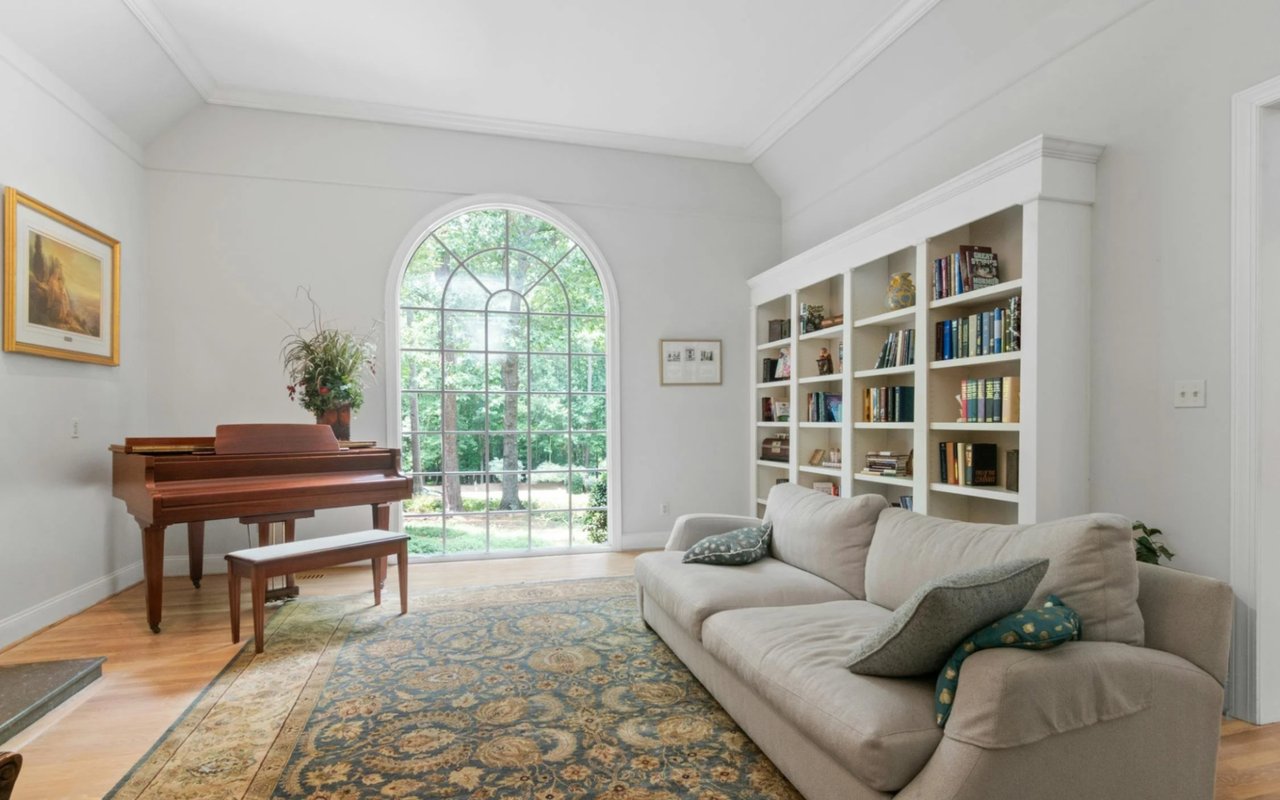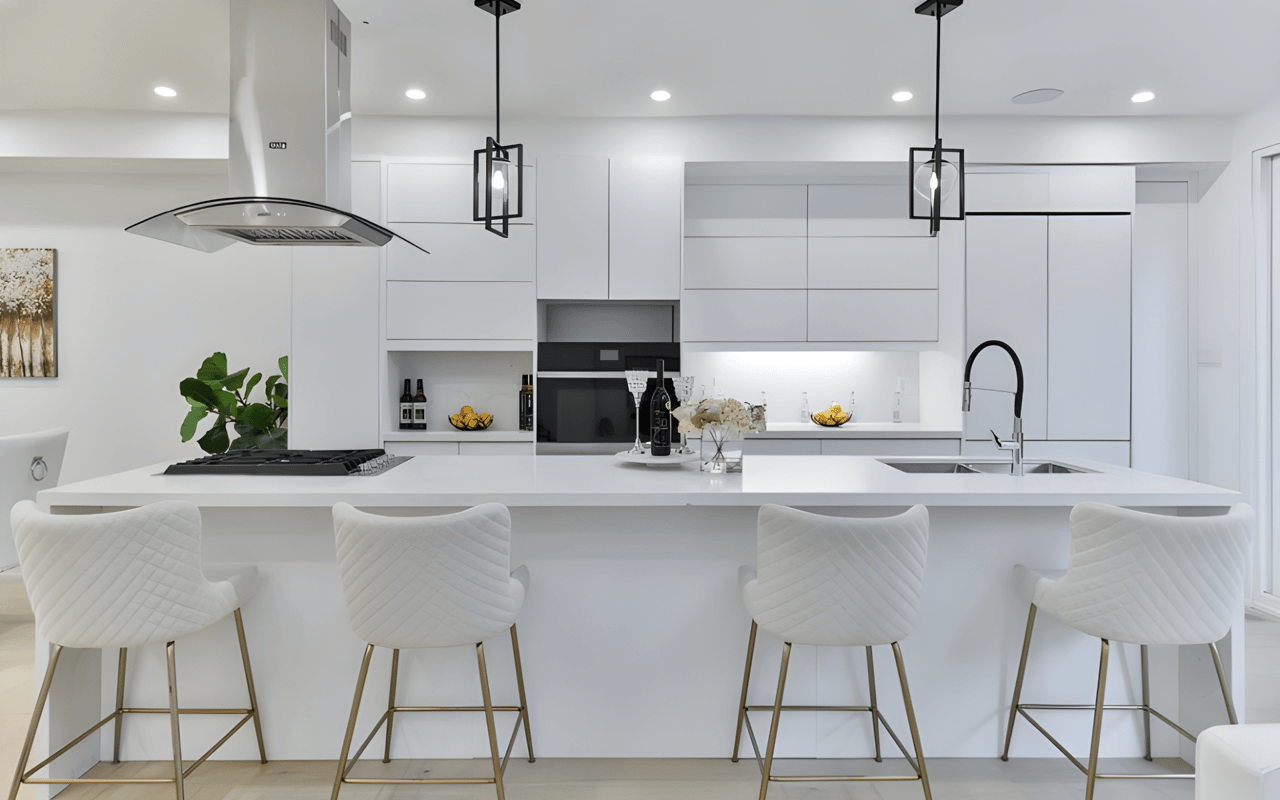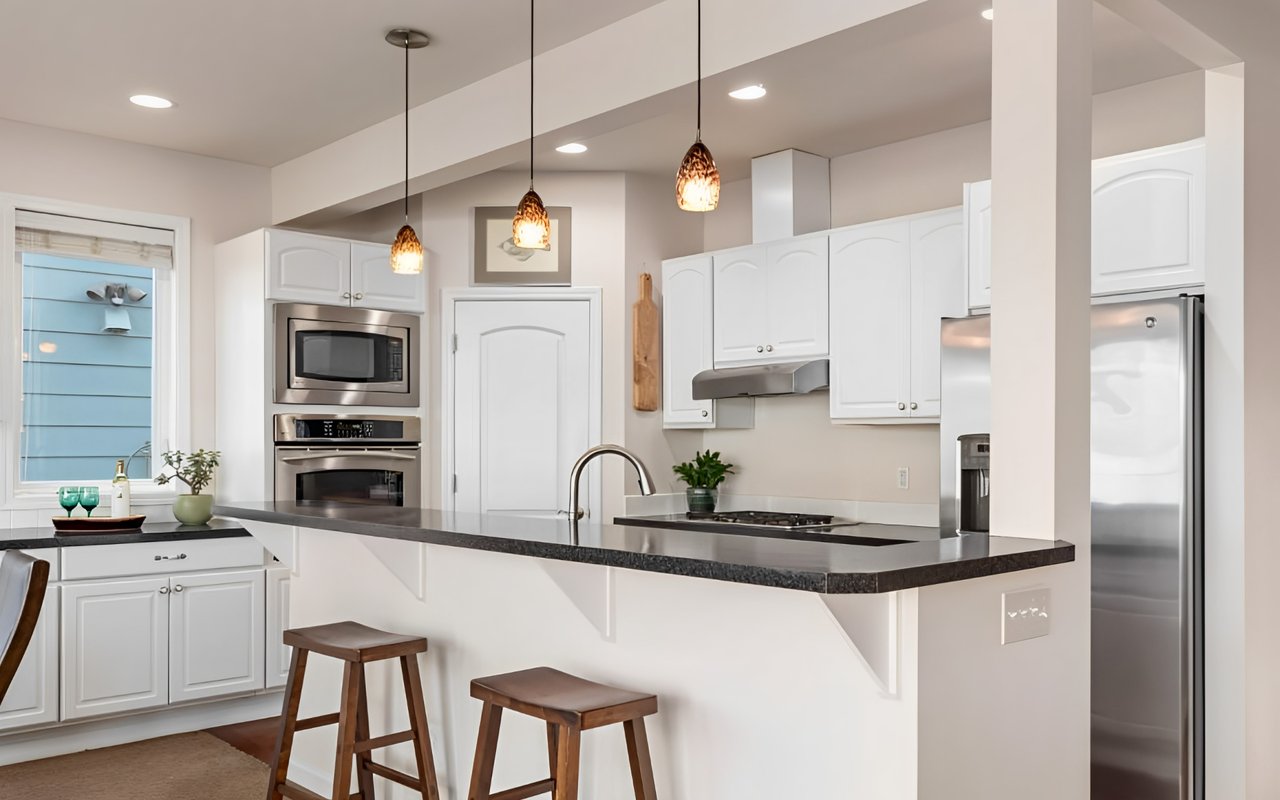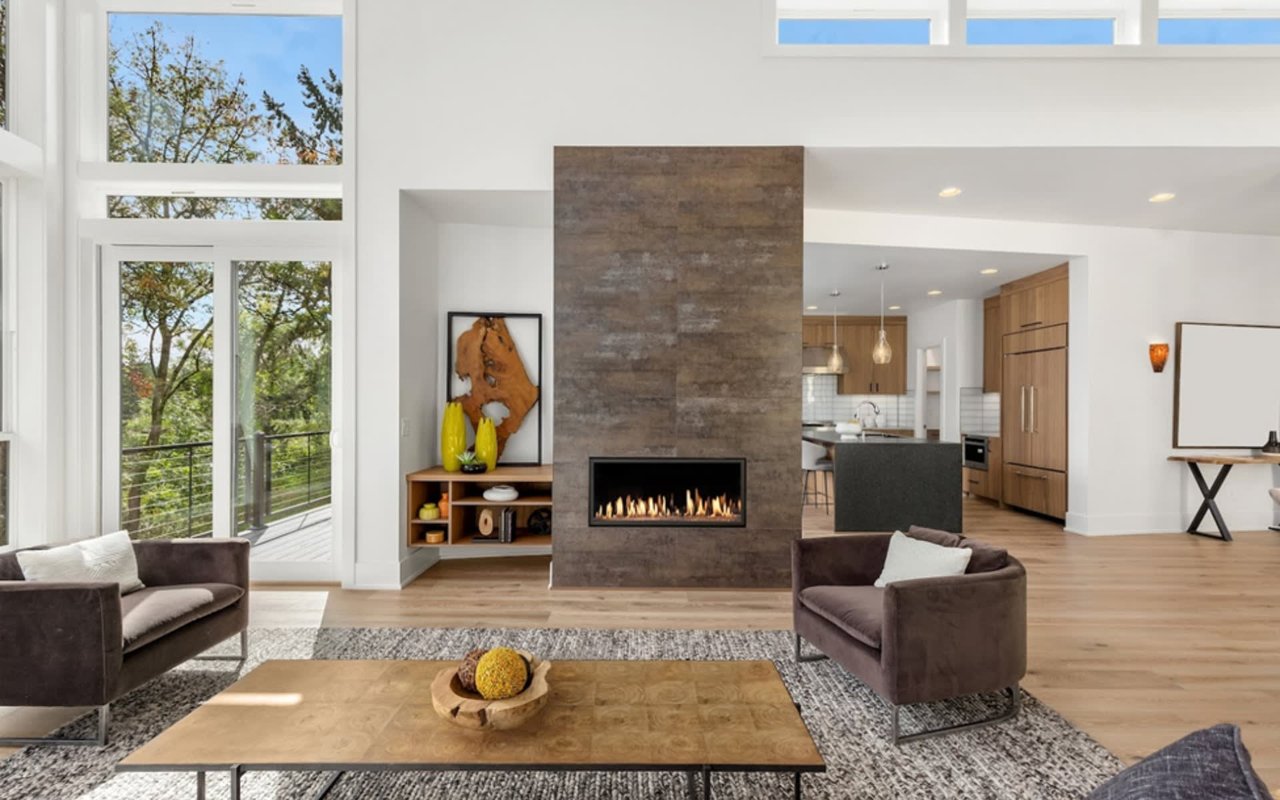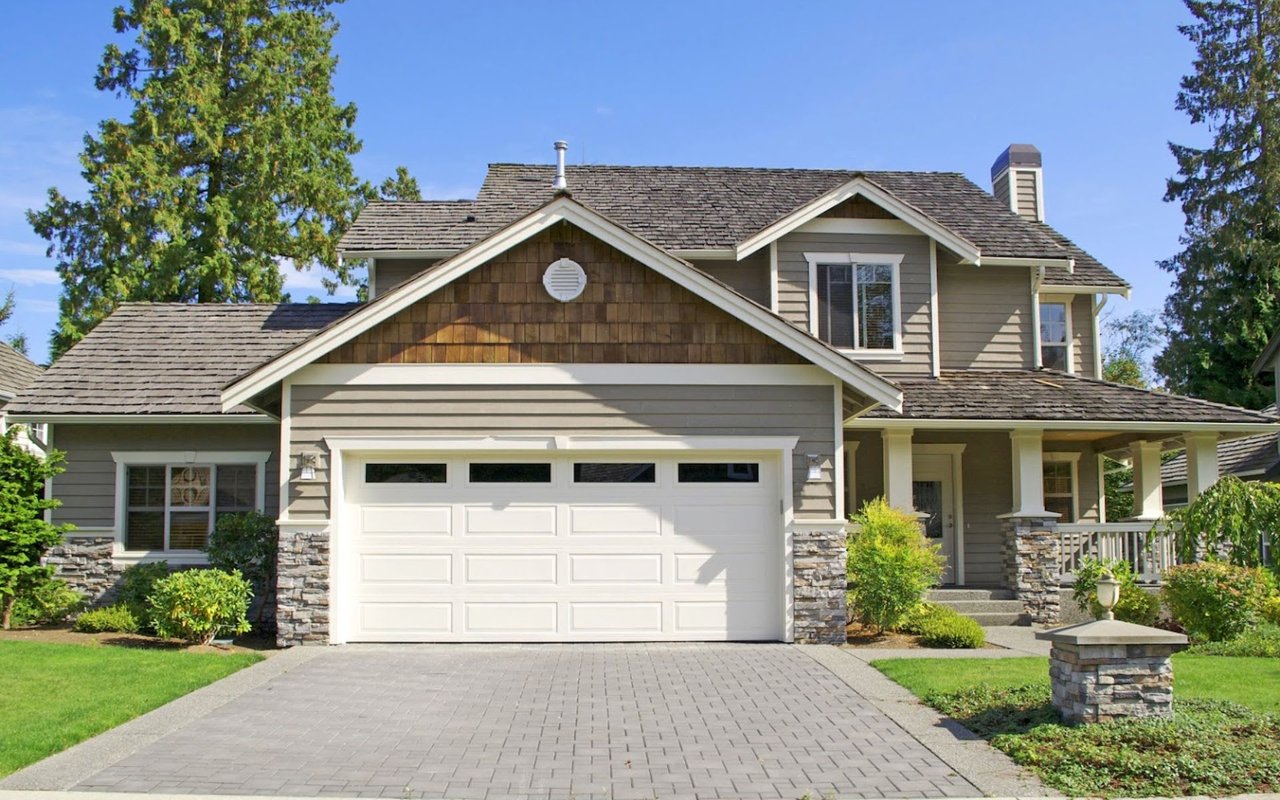Pricing your home correctly in today’s real estate market can be challenging but crucial for a fast and profitable sale. The right price not only attracts buyers but also ensures you get the most value for your investment. This blog will explore some of the essential steps and strategies to determine the right price for your home in a competitive and fluctuating market.
1. Research the Local Market
Local market conditions play a huge role in pricing. For example, if you’re in a seller’s market with more demand than supply, you may be able to price your home higher. Conversely, in a buyer’s market where there are more homes than buyers, competitive pricing is crucial to stand out. Keep an eye on recent trends, average time on the market, and any shifts in buyer behavior to make informed pricing decisions.
2. Get a Comparative Market Analysis (CMA)
Many agents offer a CMA as part of their services, and it can provide a professional perspective on the most accurate price range for your home. This analysis can also highlight features that may make your property more desirable, allowing you to adjust your price to reflect these unique qualities.
3. Consider the Condition of Your Home
Keep in mind that buyers may factor in the cost of potential repairs or renovations when considering an offer. If you decide to sell as-is, it may be necessary to price your home lower to account for this.
4. Evaluate Current Inventory and Competition
If the inventory is low, you may have the advantage of pricing slightly higher since buyers have fewer options. On the other hand, if the market is saturated with similar homes, pricing competitively is vital to ensure yours doesn’t sit on the market for an extended period.
5. Factor in Market Timing
However, if you need to sell during the off-season, pricing competitively might be more important to attract buyers when the market is slower. Paying attention to current market cycles and adjusting your price accordingly can make a significant difference.
6. Avoid Overpricing
In some cases, pricing too high can result in the need for multiple price reductions, which can weaken your negotiating power and delay the selling process. Pricing competitively from the start is often the best strategy to generate interest and lead to multiple offers, which can drive the price up naturally.
7. Work with a Real Estate Professional
Real estate agents have access to tools, data, and experience that enable them to assess your home’s value accurately. They can also offer strategic advice on pricing, marketing, and negotiations to help you maximize your return.
8. Adjust as Necessary
Pay attention to feedback from potential buyers and agents who have viewed your home. If you’re consistently hearing that your home is priced too high, it may be worth considering a price reduction to spark interest.
9. Leverage Technology and Online Tools
Utilize online valuation tools as a starting point, but remember that these tools often don’t account for the nuances of your specific property, neighborhood, or market conditions. Use them as a supplement to your research, but rely on professional guidance for the most accurate pricing.
Setting the right price for your home in today’s market requires a mix of research, strategy, and professional advice. By understanding local market trends, evaluating the condition of your home, and staying competitive with current inventory, you can position your property for a successful sale. Working with an experienced real estate agent like Mike Konopik ensures you’ll have the guidance and expertise needed to maximize your home’s value while navigating the complexities of the market.





